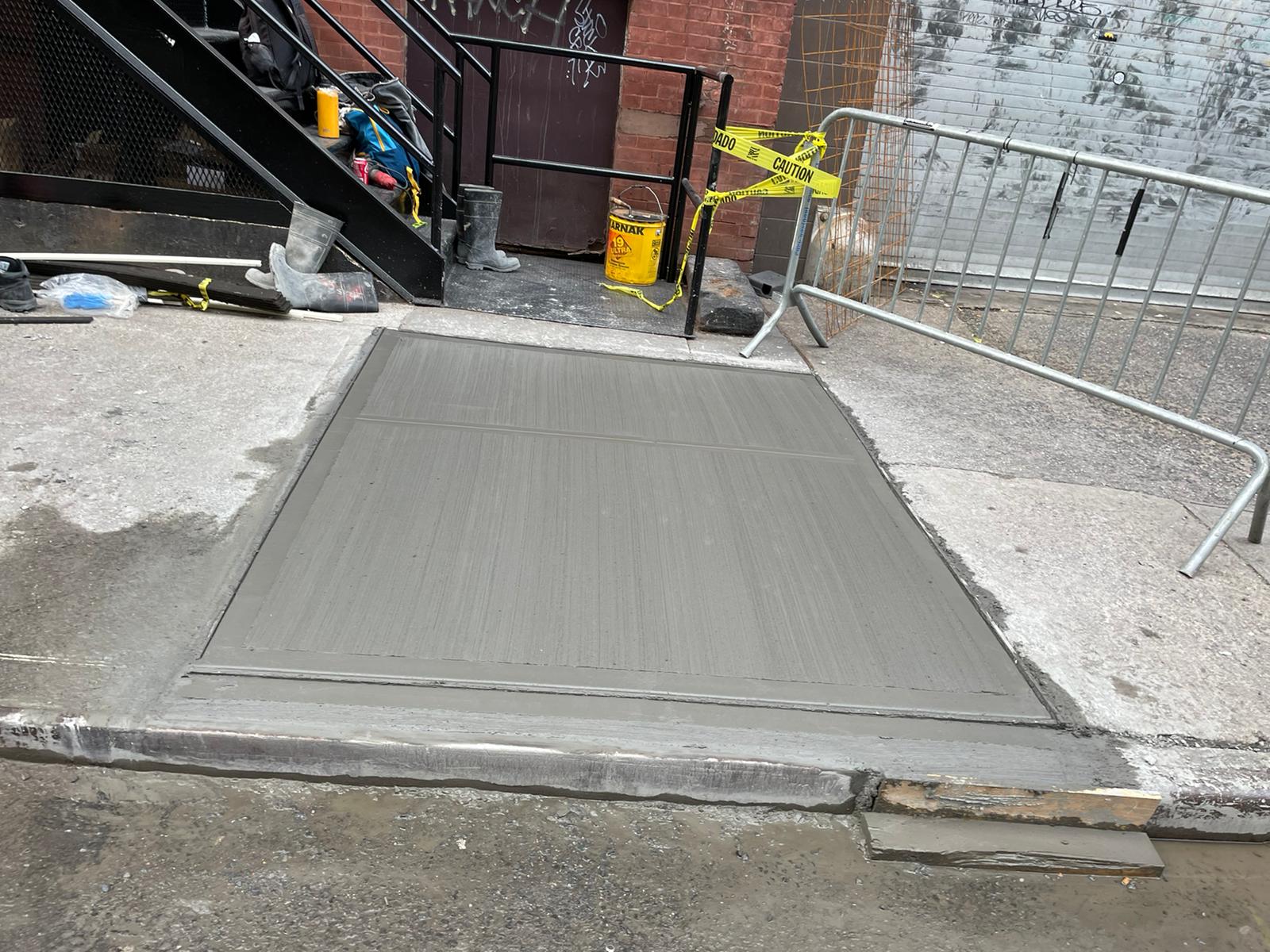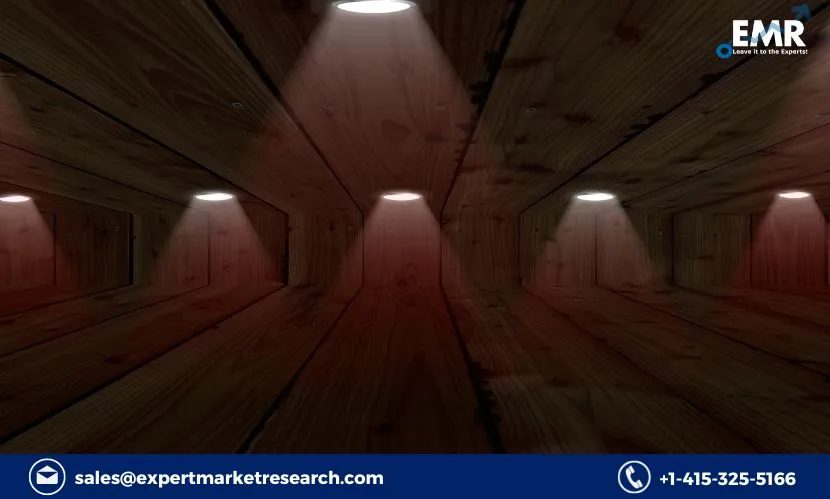In today’s fast-paced world, the design of office spaces has evolved significantly. Gone are the days of drab, uninspiring office tables. Modern office table design not only focuses on aesthetics but also places a strong emphasis on sustainability and the materials used. This shift reflects a growing awareness of the environmental impact of office furniture and the desire for healthier, more inspiring work environments.
Sustainability is at the heart of modern office table design. Many companies and individuals now recognize the importance of incorporating eco-friendly practices into their business operations, including the choice of office furniture. Sustainable design practices aim to reduce the environmental footprint of office tables while ensuring that they are functional, durable, and aesthetically pleasing.
One of the key factors in sustainable office table design is the selection of materials. Traditional office furniture often used materials like particleboard and MDF (medium-density fiberboard), which are made from wood fibers bonded together with synthetic adhesives. These materials, while cost-effective, have significant environmental downsides. The production of MDF and particleboard typically involves the use of toxic chemicals and generates a considerable amount of greenhouse gas emissions. In contrast, modern office table design leans toward more environmentally friendly alternatives.
Solid wood is one such alternative. Sustainably sourced wood, such as FSC-certified (Forest Stewardship Council) timber, is a popular choice in modern office table design. These materials are derived from responsibly managed forests, ensuring that for every tree harvested, another is planted. Using solid wood not only adds a touch of natural beauty to the workspace but also contributes to the reduction of carbon emissions.
Additionally, sustainable materials like bamboo have gained popularity due to their fast growth and regenerative properties. Bamboo is a robust, lightweight, and flexible material that can be easily shaped into various office table design. Its rapid growth makes it a highly renewable resource, and it requires minimal resources and chemicals for cultivation, further enhancing its eco-friendly appeal.
Reclaimed and recycled materials have also found their place in modern office table design. These materials are not only sustainable but also add a unique character to the furniture. Repurposed wood, metal, and other materials breathe new life into old pieces, reducing waste and energy consumption.
Beyond the choice of materials, sustainability in office table design extends to the manufacturing process. Energy-efficient production methods, waste reduction, and environmentally responsible finishes are all part of the equation. Many manufacturers are adopting low-VOC (volatile organic compounds) finishes that release fewer harmful chemicals into the air, improving indoor air quality. Lean manufacturing processes help minimize waste, and efficient transportation methods reduce the carbon footprint of shipping.
The push for sustainability is not only about mitigating environmental impact but also about creating healthier and more productive workspaces. Modern office table designs aim to enhance the overall well-being of employees. Natural materials and ergonomic designs contribute to a comfortable and visually appealing environment that can positively affect employee morale and performance.
Ergonomics is another crucial aspect of modern receptionist desk. An ergonomic office table is designed to support the natural posture of the human body, reducing the risk of musculoskeletal problems and increasing overall comfort. Height-adjustable tables, cable management solutions, and integrated power outlets are some of the features that make modern office tables versatile and user-friendly.
Sustainability and ergonomics often go hand in hand. By using eco-friendly materials and considering the lifecycle of the furniture, manufacturers create products that can endure years of use without deteriorating. A durable office table not only reduces the need for frequent replacements but also minimizes waste, contributing to a more sustainable workspace.
In summary, the role of materials and sustainability in modern office table design is more critical than ever. Businesses and individuals are increasingly conscious of the environmental impact of their choices and the importance of providing healthier, more functional workspaces. Through the use of sustainable materials, responsible manufacturing practices, and ergonomic design principles, modern office tables are not just pieces of furniture; they are integral elements in creating a workspace that supports both the planet and the people who work in it. By prioritizing sustainability and quality, the design of office tables is evolving to meet the demands of the modern world, where functionality, aesthetics, and environmental responsibility are paramount.




